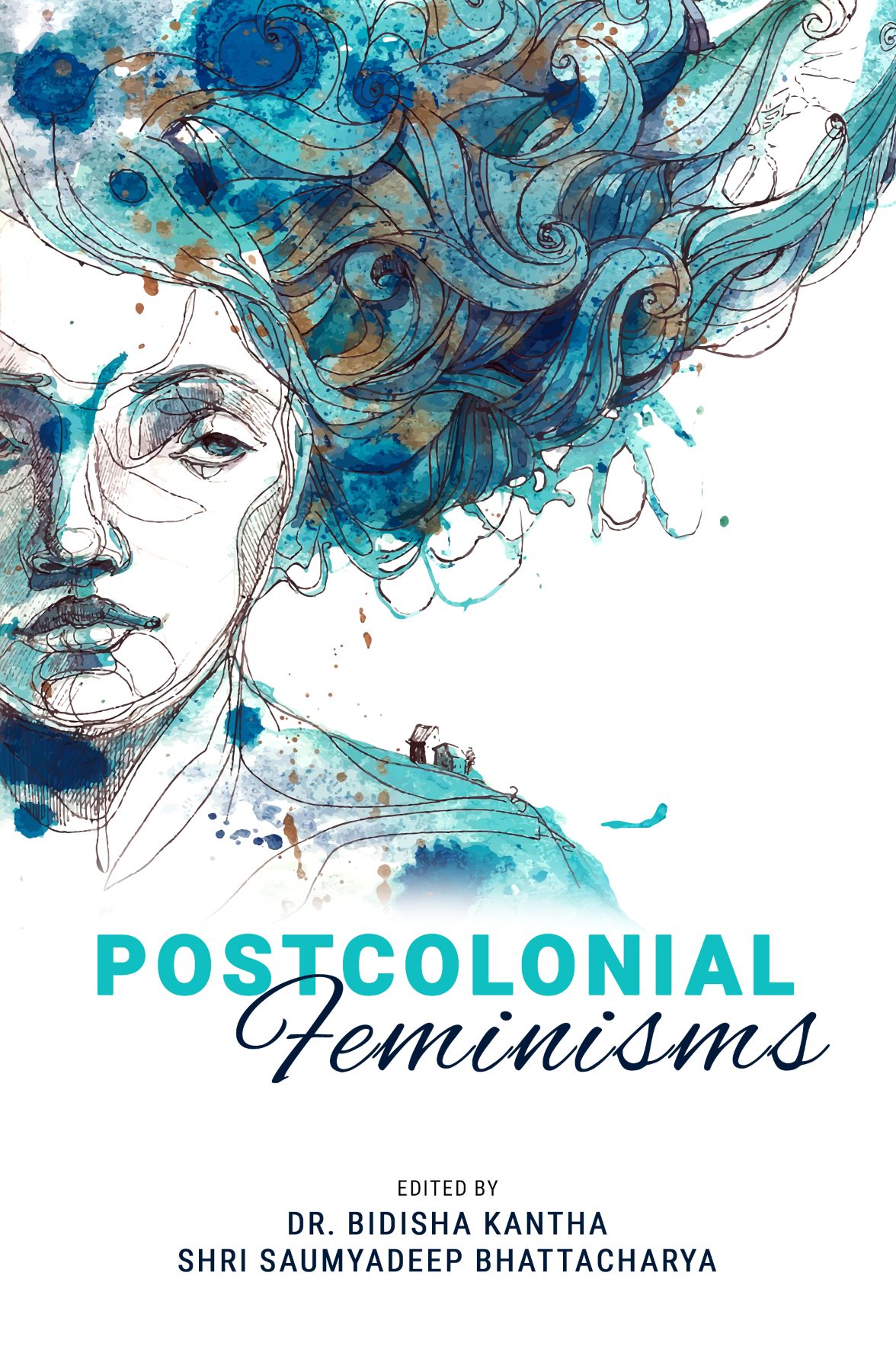WOMEN EMANCIPATION THROUGH FINANCIAL INDEPENDENCE: AN EXPLORATIVE STUDY
DOI:
#10.25215/1387453858.004Keywords:
financial literacy, gender economics, economic capital, women’s emancipation, postcolonial womenAbstract
The start of the women’s rights movement was first recorded in 1848, when the first formal conference recorded took place on women’s rights in New York, USA. Since then, the world has gone through a lot of geopolitical turmoil, including declaration of independence of more than 70 countries from their colonial overlords. These events, in fact, helped to strengthen the women’s rights movement through the years, rather than shift the focus from them. Even though women became a part of the formal work force long back, it was not until 1995, when the states made a commitment to improving economic independence of women over and above their employment status through public policy that addresses structural issues working to increase economic burden on women, at the Beijing Declaration and Platform for Action. Women emancipation or independence from the clutches of patriarchy largely starts with addressing their financial independence. However, financial independence does not only mean employability and fair wage. It also includes financial stability that comes from sizeable savings and investment that leads to wealth creation. This paper explores how, despite the improvement in the employability of women and narrowing of wage gap, women are yet to be in full charge of their finances and lack financial knowledge to make their own investment decisions that lead to wealth creation. The paper, through a series of studies conducted by Mahdavi and Horton (2014), Nithyananda and Maiya (2020) and Lusardi and Mitchell (2008), among others, highlights how financial literacy and its uses are still nascent among women, including those employed in formal sector and holding college degrees and why it is important to improve upon the same.
Metrics
Published
How to Cite
Issue
Section
License
Copyright (c) 2023 Sohini Sarkar

This work is licensed under a Creative Commons Attribution 4.0 International License.





